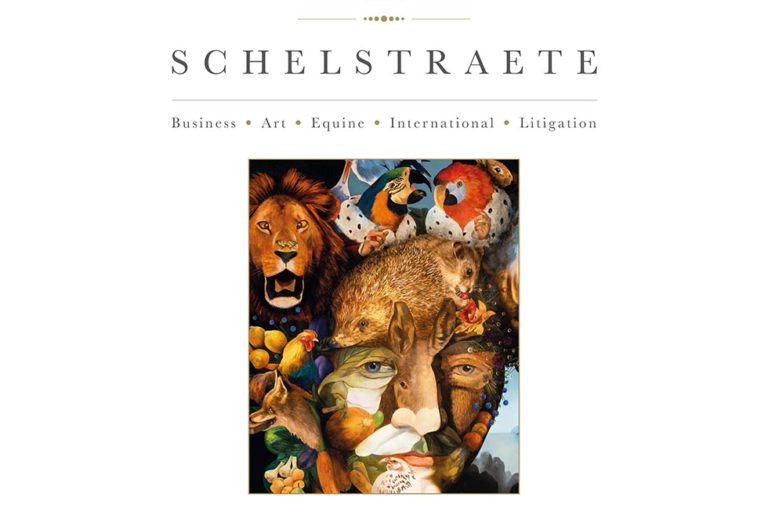Dit artikel is alleen beschikbaar in het engels.
Schelstraete Equine Lawyers (SEL) have for a long time been cooperating with equine veterinarians in order to establish thorough protocols to assure comprehensiveness and to avoid possible legal complications.

As we all know, vets are only human and thus also capable of making mistakes. However, when it comes to the wellbeing of horses and even more so, when regarding life and death of horses, limiting the risk of mistakes is of outmost importance.
After reading about a recent case where the wrong horse was put down by the vet, SEL finds it to be of significance to discuss possible developments and improvements in order for these desolate situations not to arise again.
Wrong Horse Euthanized
Equnews.be and horseandhound.co.uk recently reported a case where a fully healthy horse was euthanized in place of another horse. The vet had been asked to come out to the farm and put down two horses. By accident, the wrong horse was brought to him and was consequently euthanized. This horse belonged to a third party who had her horse stabled at the farm.
The third party was devastated and was told that the wrong horse was brought to the vet and that the vet was not obliged to check the horse’s identity in these situations.
Improvements to Reassure Diligence
Not reassuring oneself as to the identity of the horse before treating it or especially before putting it down, may lead to an opening of a very costly law suit in tort against the vet.
Schelstraete Equine Lawyers therefore recommend veterinarians to introduce a standard protocol for these procedures. It is advised that the horse’s passport and chip number is checked and noted to verify identity and that a description is given of the treatment or procedure which is to be executed. Also, the owners permission should expressly be given, this could be done by having the owner present and signing the document, or having the owner mailing a signed copy or by having a person responsible signing the document in name of the owner after being authorized to do so.
These simple, straightforward steps provide diligence on the part of the vet and will result in fewer mistakes like the devastating one mentioned above.
Schelstraete Equine Lawyers have a long history of advising veterinarians and horse owners in equine legal matters so please do not hesitate to contact us would you have any questions or issues you would like to discuss.



